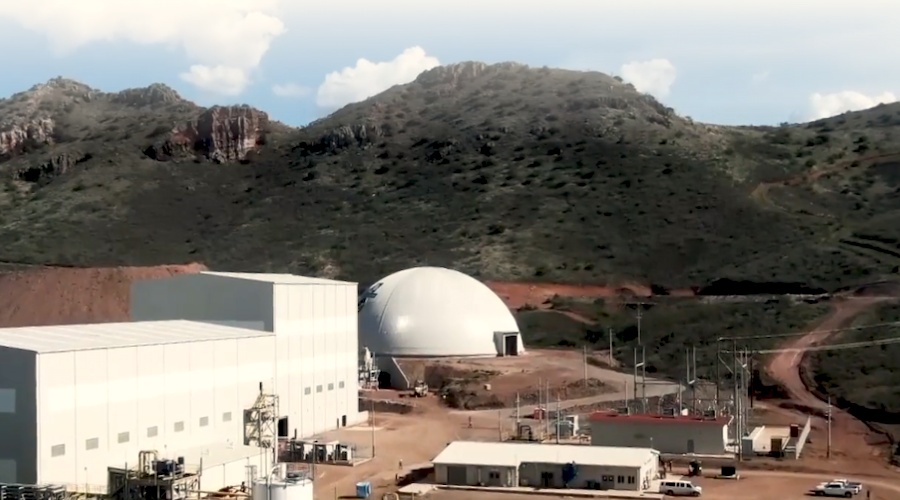The Australian mining industry is recognised as one of the nation’s most critical and growing sectors, contributing to the country’s economy and workforce to the tune of approximately 15 per cent in GDP (gross domestic product), and over 1.1 million employment opportunities.
But, the industry faces a range of challenges from a fluctuating climate and ongoing pressure to reduce carbon emissions, to geopolitical instability. For mining operators, having the right tools to understand and prepare for the full risk landscape, at existing and new locations is essential.
The FM resilience index provides an annual global risk assessment and ranking of 130 countries and territories, serving as a valuable resource for mining decision-makers to understand the risks associated with the strategic growth and expansion of mining operations in a rapidly changing world.
The index includes data from third parties including the International Monetary Fund and World Bank, as well as FM’s risk exposure and improvement measures for mining organisations.
The index highlights the need for an improved understanding of resilience in increasingly challenging operating environments, such as the mining industry.
While Australia is widely regarded as the world’s biggest mining market, with over 350 operating mines, the nation ranks 13th in overall global resilience, and a much lower 87th place in the 2025 results for climate risk exposure, due to the increasing severity and frequency of events like cyclones and floods.
The 2025 FM resilience index includes 18 resilience-scoring factors, consisting of macro risks – such as inflation and political risk – and physical risks, such as climate and/or natural disaster risk exposure.
FM senior vice president and operations manager Andrew Stafford highlighted Australia’s high ranking on climate risk exposure, and emphasised how this underscores the critical need for businesses to prepare to navigate factors beyond their immediate control.
“Mining operators need to understand the full spectrum of risks – environmental, locational, and geopolitical – that can impact a mine’s ability to operate,” Stafford said.
This preparedness is vital for Australian mining businesses, particularly those in extreme weather-prone regions like Western Australia and Queensland, as well as for those managing overseas operations, such as mineral and resource extraction in Africa.
Mining operators can use these insights to strengthen existing operations, from strengthening or diversifying supply chains to deploying targeted loss prevention strategies during peak weather seasons.
The index is also a valuable tool for mining businesses looking to expand into new regions. By evaluating risks such as geo-political pressures, water stress, fire exposure, and climate vulnerability, leaders can make smarter decisions about site selection, supply chain design, and long-term planning.
The FM resilience index gives operators a holistic understanding of their locational risks, helping them implement targeted strategies to enhance their resilience. This ensures they’re well-positioned to achieve long-term sustainability and profitability goals amid shifting market dynamics.
The FM resilience index isn’t just a ranking; it’s a call to action which provides a framework for businesses to identify their vulnerabilities and assess their risks during the planning stages, or when developing strategies for growth and to bolster resilience.
By identifying vulnerabilities and tracking key risks, mining leaders can develop strategies that protect their purpose, improve operational resilience, and position their business for long-term success.
To find out more about FM’s resilience index and other free tools, like the Nathaz toolkit that can help your mining business prepare for and respond to risk, visit the FM website.
Subscribe to Australian Mining and receive the latest news on product announcements, industry developments, commodities and more.




